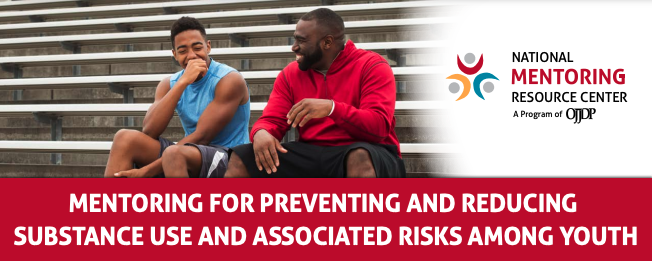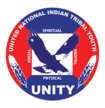
OJJDP PUBLICATIONS & RESOURCES AVAILABLE TO NATIVE YOUTH
Mentoring for Preventing and Reducing Substance Abuse and Associated Risks Among Youth
OJJDP-Sponsored, January 2020. This review examined research on youth mentoring as a strategy for preventing and reducing adolescent substance use, including opioids. 35 pages. NCJ 254503.
The UNITY Peer Guides and Healing Indigenous Lives Initiative is dedicated to spreading awareness of available resources to Native youth to help increase community safety, protective factors and reduce youth risky behaviors contributing to juvenile delinquency.
This review examines research on youth mentoring as a strategy for preventing and reducing adolescent substance use, including opioids. The review is organized around four questions:
What are the effects of mentoring on substance use and associated risks to personal health and well-being among youth?
What factors condition or shape the effects of mentoring on substance use and associated risks for youth?
What intervening processes are most important for linking mentoring to beneficial effects on substance use and associated risks for youth?
To what extent have efforts to provide mentoring to youth with substance use prevention and intervention as priority outcomes reached and engaged the intended youth, been implemented with high quality, and been adopted and sustained by host organizations and settings?
Overall, there were few studies that focused primarily on the impact of youth mentoring on adolescent substance use prevention, and the studies mostly followed either a primary prevention (addressing problems before they occur; targeted to a broad population of youth) or a secondary prevention framework (focusing efforts on at-risk youth). The review found that the studies assessed more commonly used substances (e.g., alcohol and marijuana), with less attention paid to the impact of mentoring on preventing the initiation of hard drug use, including opiates. Therefore, the limited evidence that is available shows tentative promise for mentoring to have a positive effect on the prevention and reduction of substance use among youth. The review identified only two studies that utilized mentoring as an add-on intervention to an evidence-based substance abuse treatment. This is possibly due to the limited focus on the role of mentoring in tertiary prevention efforts (intervention or treatment to prevent harm among youth already abusing substances). The ways in which mentors can promote the recovery process of substance-misusing youth remains unexplored. Of note, studies of natural mentoring showed significant positive effects more frequently than did studies of the impact of programmatic mentoring. It seems that building on youth’s existing social resources and the presence of adult role models may play a meaningful role in preventing adolescent substance use.
The review suggests several take-home messages for mentoring researchers and practitioners. At intake, practitioners can incorporate a more thorough assessment of youth alcohol and illicit drug use and/or exposure to substance use in peer, school, and family contexts. Identifying youth’s risks and needs at early stages of the intervention will prepare mentors to be better equipped to support youth. Given the promising findings on the role of natural mentors, substance use preventative programs can also employ the Youth Initiated Mentoring practice where youth nominate mentors from their own social network. Such an approach may help to promote resilience among youth to resist substance use and associated problems. Finally, future research could explore how mentoring programs can be implemented from secondary and tertiary prevention frameworks. Outreach programs, in particular, can utilize mentoring components to engage and sustain youth in treatment programs.
